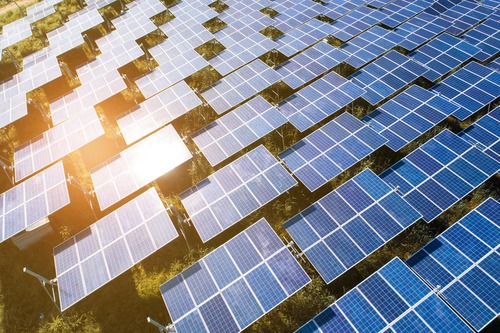SEIA warns policies needed to supplement massive solar market growth with actual climate action

Although encouraged by the most recent United States Solar Market Insight report, which predicted growth of four times the current amount of solar capacity by 2030, the Solar Energy Industries Association (SEIA) notes that climate-focused policies must accompany this economic action.
If the market report is correct, the U.S. could attain more than 419 GW of solar capacity within the decade. However, the SEIA says U.S. solar capacity must reach nearly 700 GW within the same timeframe and achieve annual installations of more than 90 GW by 2030. Last year, the market installed about 20 GW.
“We are leaving hundreds of billions of dollars in investment and hundreds of thousands of jobs on the table if we don’t promote policies that advance solar energy,” the SEIA said in a statement. “The economic and clean energy advantages of solar energy are something Americans in both political parties support. On our current trajectory, the industry will fall short of our Solar+ Decade goal and targets to meaningfully slash greenhouse gas emissions by 2035.”
To make that work, policy support would be necessary. Some ideas the SEIA suggested were for extensions of the solar Investment Tax Credit and adding a direct payment option for that ITC to push the industry away from reliance on tax equity for financing.
“The gap between business-as-usual and where we need to be to meaningfully address climate change is significant,” the SEIA said. “The U.S. will need an extra 270 GW of total solar capacity by 2030 to stay on track, which is 3 times greater than that we’ve installed in the entire history of solar in America. And it’s not just about solving the climate crisis; that additional capacity represents hundreds of thousands of good U.S. jobs and billions in economic investment.”
According to support SEIA’s proposed figures, the industry, made up largely of small businesses, needs to grow to 600,000 workers by 2030. Ideally, the organization wants to see policy that prioritizes job opportunities, especially for those in communities disproportionately impacted by both climate change and COVID-19, and for fossil fuel workers looking for a switch.
Promoting the whole effort as one that could help the economy bounce back quicker from the COVID-19 pandemic while addressing climate change, SEIA is pushing lawmakers for everything from incentivization of solar deployment to streamlining of permitting and interconnection, renewable energy use on public lands, long-term support for domestic manufacturing and more.
